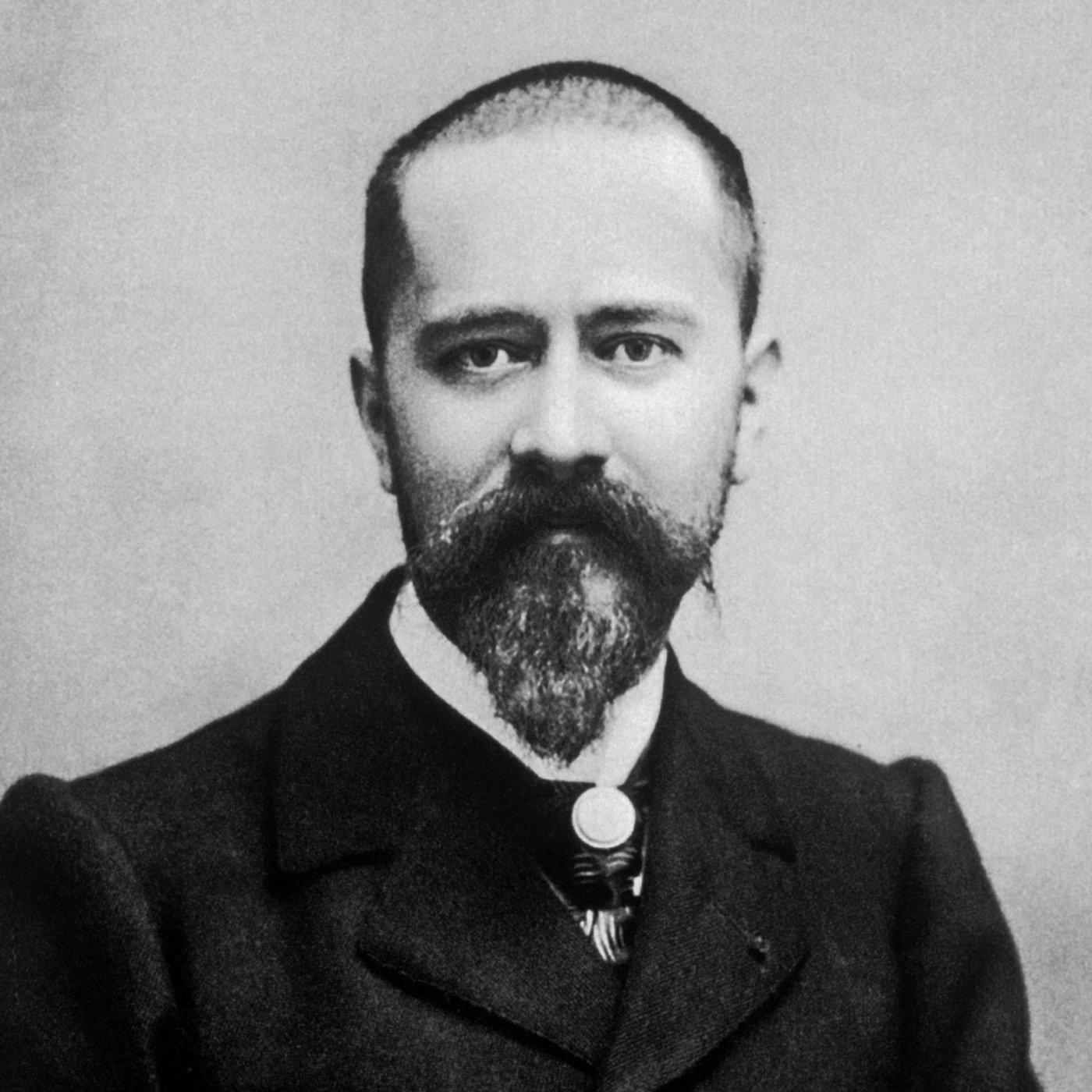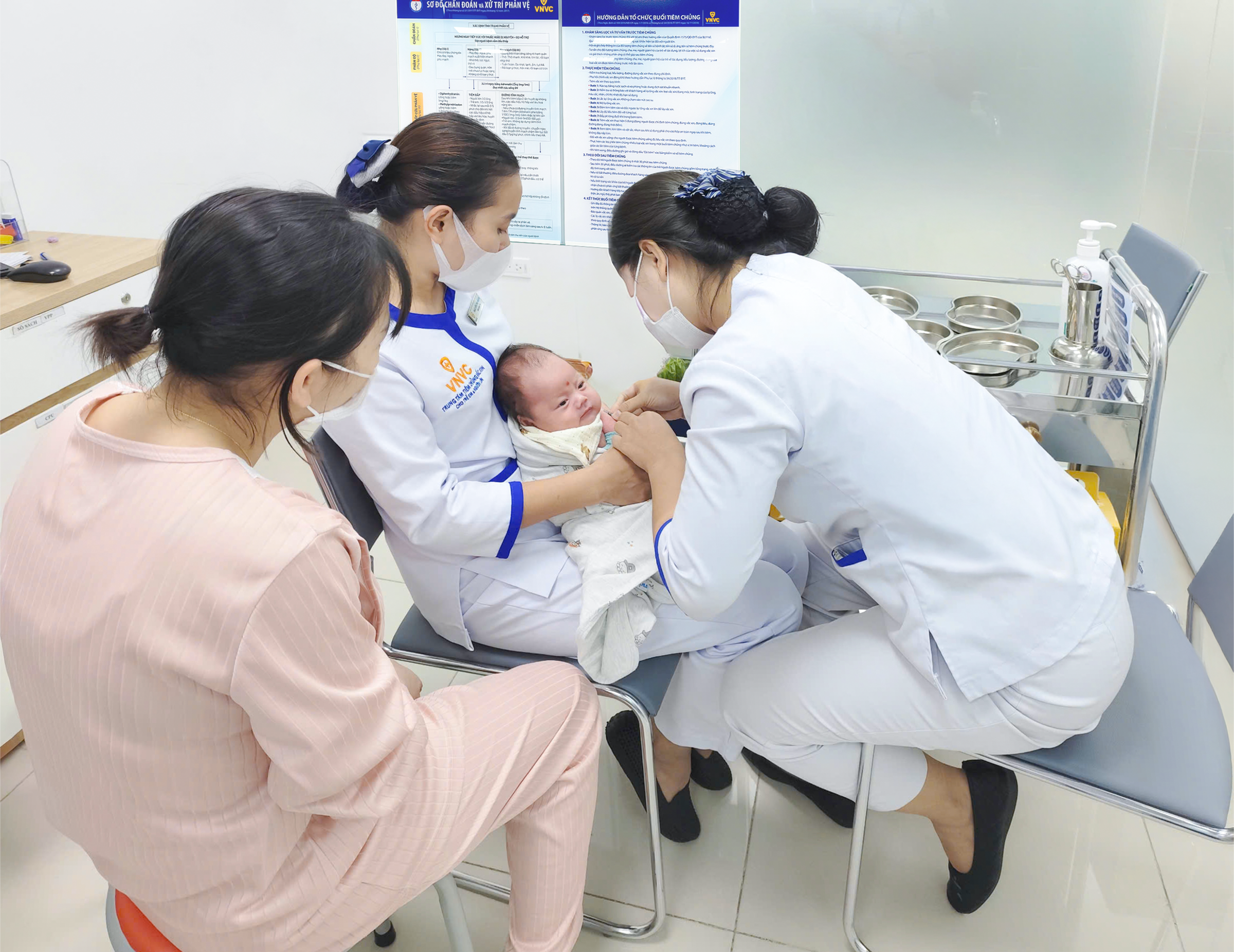Leon Charles Albert Calmette, born on 12/7/1863 in Nice, southern France, dedicated nearly 5 decades to science, including 6 years in Vietnam, leaving a global legacy. His name graces not only Calmette Street in District 1 but also the Calmette Bridge connecting Districts 1 and 4.
Calmette's international career began in 1883. After graduating from the Brest Naval Medical School, he joined the French Naval Medical Corps, choosing a life of service at sea and in medicine. He served in far-flung territories like Hong Kong, Gabon, and Congo, studying dangerous tropical diseases such as malaria, sleeping sickness, and pellagra.
 |
Aerial view of the Calmette Bridge. Photo: Quynh Tran |
Returning to France in 1890, Calmette became a student within Louis Pasteur's scientific network. In 1891, he was tasked with establishing the first Pasteur Institute branch outside of France, in Saigon (now Ho Chi Minh City). This also became the research and epidemic prevention network for Indochina.
During his 6 years in Vietnam, Calmette produced vaccines for rabies and smallpox, while also expanding research on epidemiology, malaria, and other prevalent tropical diseases in Indochina. At the Saigon Pasteur Institute in 1984, he successfully developed an antivenom for king cobra bites. This achievement saved numerous lives and laid the groundwork for future antivenom therapies.
In 1897, Calmette returned to France to direct the Pasteur Institute in Lille, an industrial center with a high tuberculosis rate. Amidst the crowded working-class neighborhoods, he aimed to transform the "sweat and disease-ridden" city into a vast laboratory to find a tuberculosis vaccine. From 1908, he collaborated with Camille Guerin, a young veterinarian.
 |
Portrait of a young Albert Calmette. Photo courtesy of the Pasteur Institute |
Guerin demonstrated that tuberculosis immunity is directly linked to the quantity of live bacteria in the bloodstream. Based on this, he and Calmette cultivated bovine tuberculosis bacteria (Mycobacterium bovis) to weaken them before introducing them into animals. They used a special medium containing glycerin, ox bile, and potato slices.
From 1908 to 1921, they performed over 200 successive cultures, gradually reducing the bacteria's virulence until it could only stimulate the immune system without causing illness. The result was named Bacillus Calmette-Guerin (BCG).
On 18/7/1921, at the Hopital de la Charite in Paris, a newborn received the first experimental BCG tuberculosis vaccine. The baby's health after the vaccination demonstrated its effectiveness.
 |
A child receives the tuberculosis vaccine, the result of Calmette and his colleagues' research, at the VNVC Vaccination System. Photo: Moc Thao |
Years later, the BCG vaccine became more widely administered to infants in Paris. By 1924, the Pasteur Institute in Lille officially launched a public vaccination program, and within 4 years, over 114,000 children received the BCG vaccine.
Despite the vaccine, tuberculosis remains a global health emergency. The BCG vaccine continues to be a key tool in tuberculosis prevention, included in most countries' expanded immunization programs.
Albert Calmette passed away on 29/10/1933 in Paris, at the age of 70. Every year, 24/3 is World Tuberculosis Day, commemorating the disease Calmette dedicated his life to studying and for which, with Guerin, he developed the BCG vaccine, saving millions of children worldwide.
Binh Nguyen (According to Pasteur Institute Paris)












